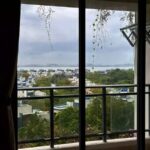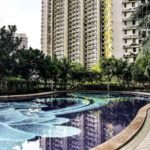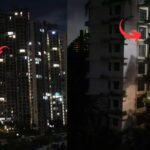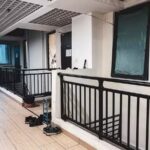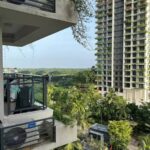Forest City, a lavish development in southern Malaysia, stands as a testament to China’s ambitious investment ventures. With a staggering $100 billion investment from China’s largest developer, Country Garden, Forest City aims to redefine luxury living in the region.
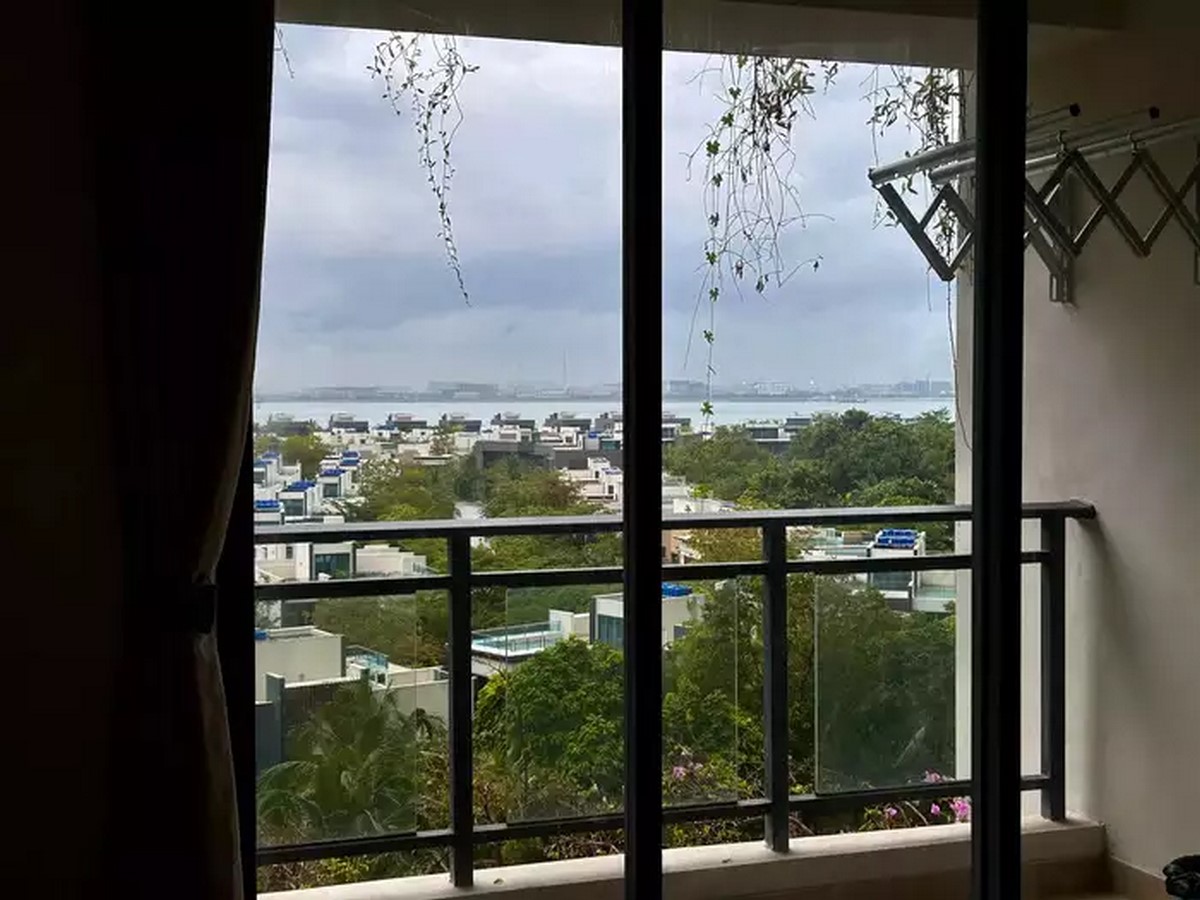
A Desolate Landscape
My first encounter with Forest City in May 2022 left me unsettled as I roamed through what seemed like an abandoned metropolis. Sprawling apartment complexes dotted the landscape, stretching across four square miles. Despite the picturesque white-sand beachfront overlooking the Johor Strait, the eerie silence and darkened windows of the unoccupied apartments painted a stark picture of desolation.
Sparse Occupancy and Investment Speculation
Forest City’s grand vision anticipates accommodating some 700,000 residents within six years, yet the reality falls short, with only 9,000 current inhabitants. Locals constitute a mere fraction of the residents, with 98% of units sold to foreign buyers, primarily from China. Many investors purchased properties as lucrative assets, banking on the promise of high returns in the rental market.
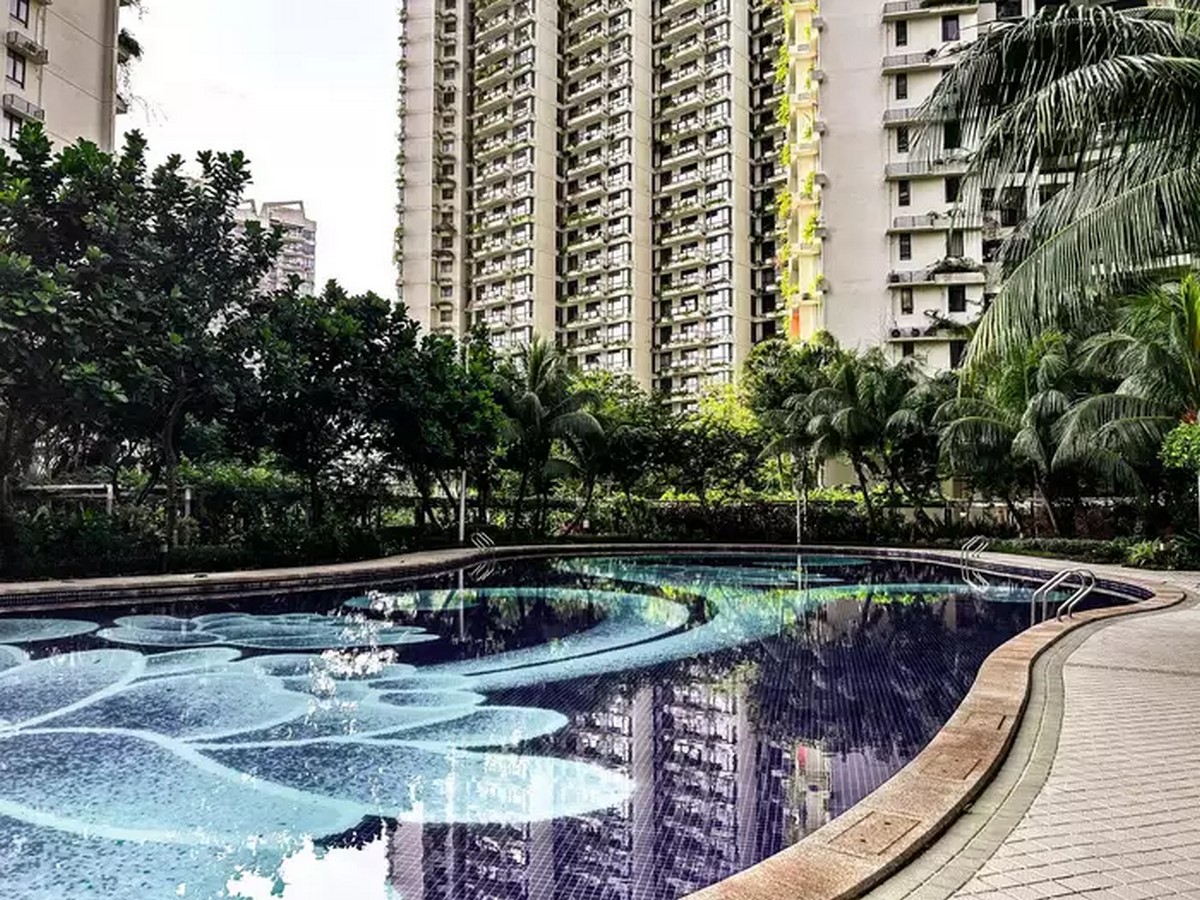
An Inside Look: Vacant Apartments
Curiosity led me to spend a night in one of Forest City’s vacant apartments, booked through a property manager for a modest fee. The unit, reminiscent of an Ikea showroom, offered a glimpse into the stark contrast between luxury branding and the stark reality of empty living spaces.
Discrepancies in Quality and Usage
While Forest City’s exterior exudes grandeur, the interior reveals a different story. Peeling wallpaper and sparsely furnished units betray the promise of upscale living. Despite the modern amenities, such as natural lighting and compact kitchens, the overall ambiance is one of neglect and underutilization.
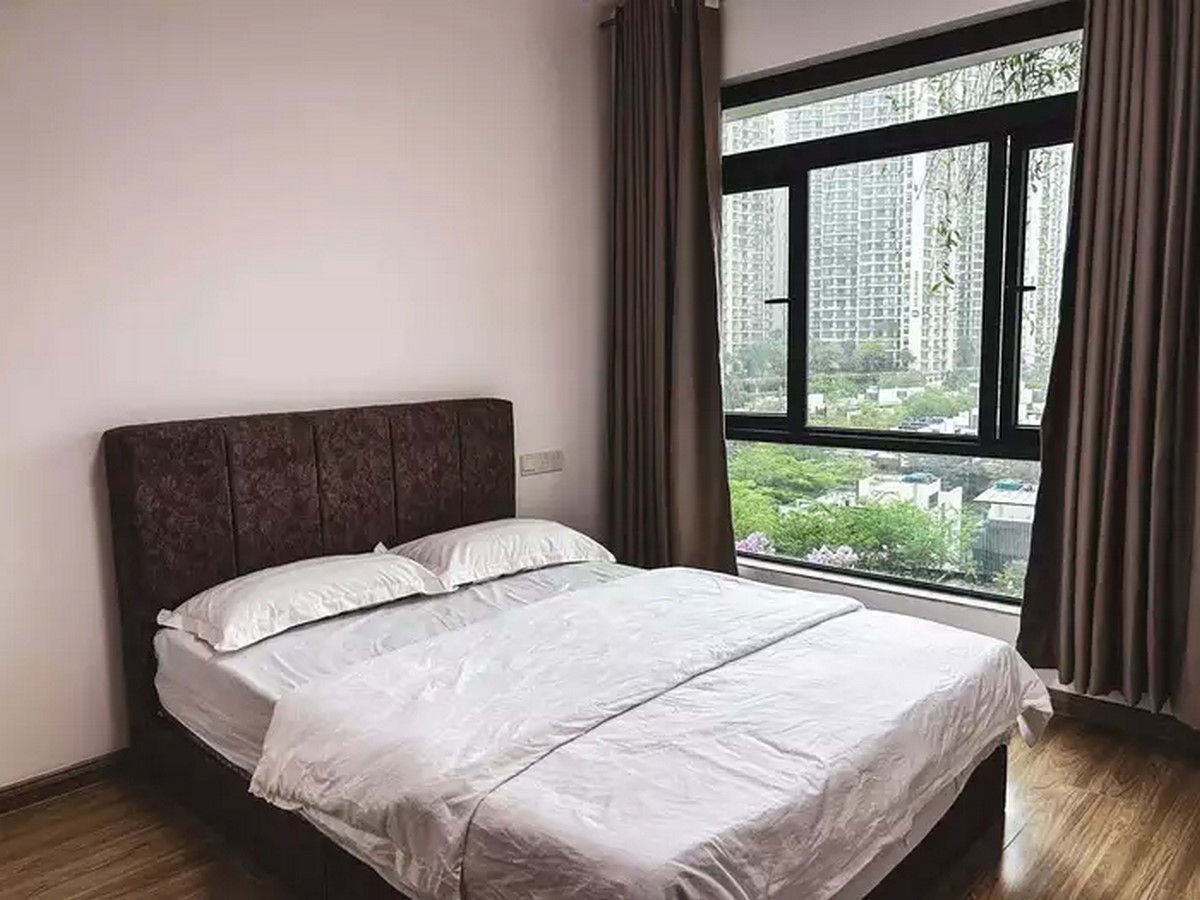
Challenges and Cultural Enclaves
Forest City’s struggle to attract residents is compounded by cultural and economic factors. Local preferences for landed properties over high-rise apartments, coupled with inflated prices, deter potential buyers. However, the area surrounding Forest City has transformed into a bustling enclave catering to Chinese expatriates, offering a semblance of familiarity in an otherwise deserted landscape.
Conclusion: A Tale of Ambition and Uncertainty
Forest City stands as a testament to ambitious development projects fueled by foreign investment. However, its current state reflects the complexities of urban planning, investment speculation, and cultural dynamics. As Forest City navigates the challenges of occupancy and identity, it serves as a cautionary tale of grand aspirations tempered by the realities of market demand and local preferences.


